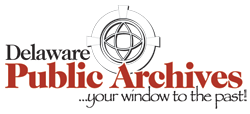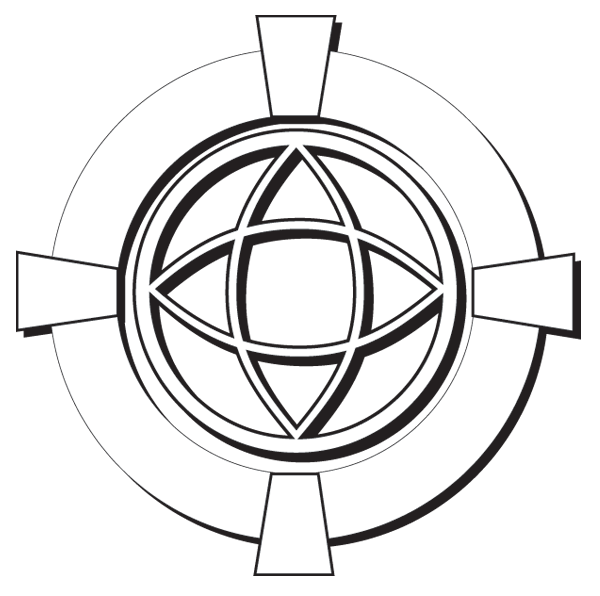Capitol Theater
KC-89: In 1904, the Dover Opera House opened at this location. The theater was built with funds from a public subscription, and included a stage that was used for a variety of purposes including vaudeville, photoplays, magic lantern shows, and in later years, motion pictures. In 1915, the theater carried the World Series between the […]
Booker T. Washington School
KC-88: On November 13, 1922, 210 children and 6 teachers marched from two old school buildings located on Slaughter Street and Division Street to a new school for African-American students in Dover. Funding for the building was provided by the Delaware School Auxiliary Association, through the generosity of P. S. duPont. The school was named […]
Calvary Baptist Church
KC-87: On January 26, 1883, the Delaware Baptist Union was formally incorporated by the state legislature. The purpose of the organization was to spread the message of the denomination and promote “the erection and maintenance of houses of religious worship.” Soon thereafter a group of African-American residents of Dover who had accepted the Baptist faith […]
Golden Fleece Tavern
KC-76: This was the site of the Golden Fleece Tavern, scene of some of the most important and dramatic events in Delaware history. Built in the 1730s, the Golden Fleece was a center for community and government activities. It was a place of great importance during the American Revolution and the early years of our […]
Wesley College
KC-71: Wesley College is a private, liberal arts college affiliated with the United Methodist Church. It was founded in 1873 as Wilmington Conference Academy, a preparatory school for boys under the patronage of the Methodist Episcopal Church. Female students were admitted the following year. Post-secondary education was added in 1917. The school was called Wesley […]
Site of Dover’s First Methodist Church
KC-70: In 1778, a Methodist Society was organized in Dover by Reverend Freeborn Garrettson. Desiring a permanent place of worship, members purchased a one-half acre lot at this location from Vincent Loockerman in 1782. Future Delaware Governor Richard Bassett contributed toward the construction of a forty foot square structure, which was named Wesley Chapel. Bishop […]
Hangar 1301
KC-68: Constructed in 1944, Hangar 1301 served as the headquarters and engineering facility for the 4146th Base Unit from 1944 to 1946. Highly secret testing and development work was done here on air-launched rocket weapons. Aircraft used in testing ranged from P-47 Thunderbolts to four-engine bombers including B-17 Flying Fortresses and B-24 Liberators. Even single […]
Byfield
KC-53: Near this site stood the boyhood home of Caesar Rodney, signer of the Declaration of Independence, Brigadier General of the State’s militia (1775-1778), and President (Governor) of Delaware (1778-1781). Byfield was originally settled in the early 1680’s by Daniel Jones, Rodney’s maternal great grandfather. Following Jones’ death, it became the family seat for three […]
Star Hill AME Church
KC-50: By the end of the 18th century this area was home to a large number of African Americans, many of them freed slaves. Their settlement was largely due to the efforts of local Quakers. A congregation of the African Methodist Episcopal Church was established here circa 1863. On June 12, 1866, the congregation purchased […]
St. Jones Neck: Site of Settlement in the 1660’s
KC-44: This part of what is now Kent County, Delaware was one of the state’s earliest sites of English colonization. Beginning in the 1660’s plantations were established along the St. Jones River. The Dickinson family of Talbot County, Maryland was among the families who obtained early land patents in this area. Parts of “Merritts”, “Whartons” […]





